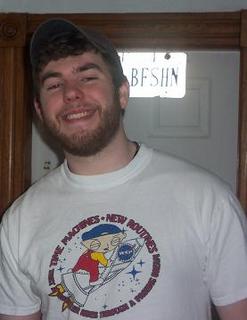
Garage a Trois is more than just a band with a clever name. Stanton Moore, Charlie Hunter, and Robert Walters hold it down, molding funky beats and rhythms, kickin it old school with a standard jazz arrangement.
The bands of today, not content to remain within the confines of a traditional jazz musicology tend to push the enevelop through the utilization of electronic techniques, manipulating sound effects with distortion etc... The result however can often lead to a cluttered chaotic sound. Certain groups can negotiate this sound, creating tracks that define where their specific genre of music is headed, this album however doesn't have any of them.
It's difficult to compare the masterfully EP to emphasizer simply because of the vast difference in styles, and in my opinion the quality of the two albums. It's one thing to be progressive within your field, however without the structure and quality time spent constructing and incorporating these new sounds, the final product will inevitably sound fake and somewhat forced. The bottom line is if you take a shit and put it in a shiny box at the end of the day all you have is a shiny piece of shit. ** stars with only a few tracks worth your time.


